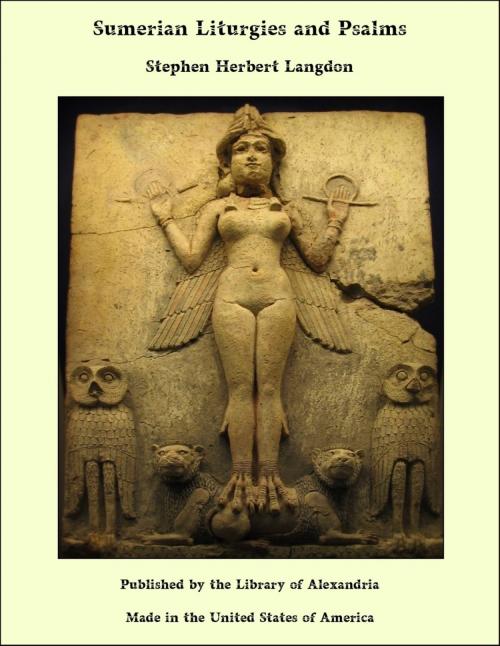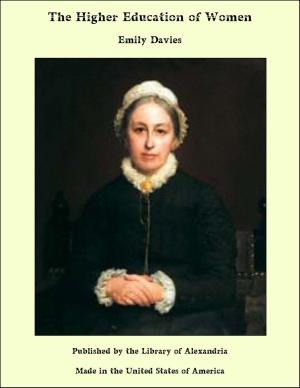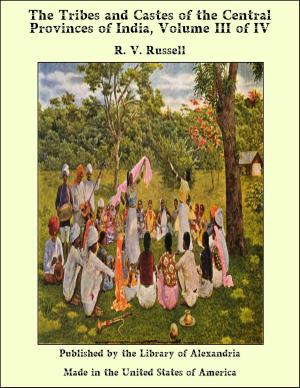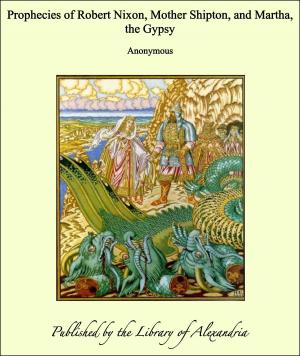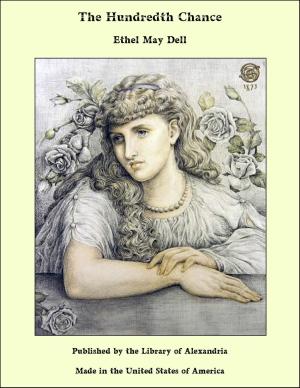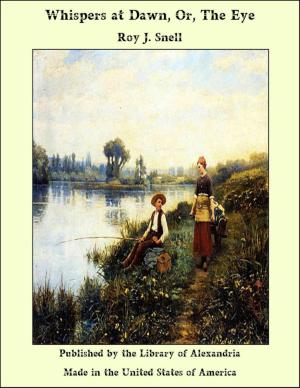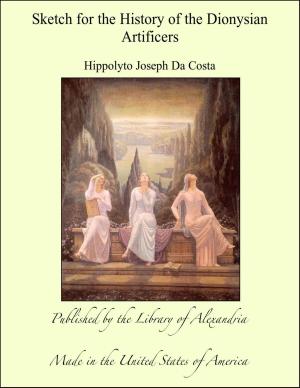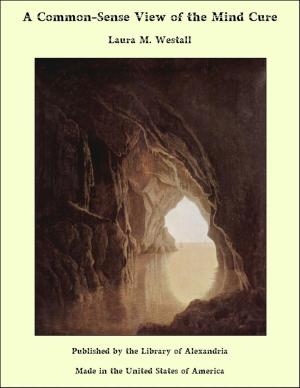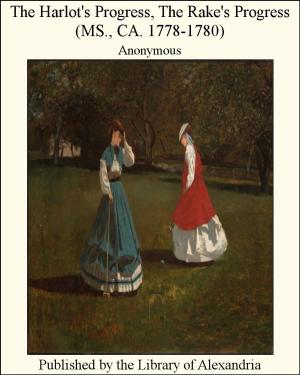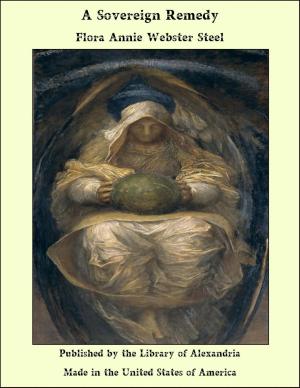Sumerian Liturgies and Psalms
Nonfiction, Religion & Spirituality, New Age, History, Fiction & Literature| Author: | Stephen Herbert Langdon | ISBN: | 9781465573186 |
| Publisher: | Library of Alexandria | Publication: | March 8, 2015 |
| Imprint: | Language: | English |
| Author: | Stephen Herbert Langdon |
| ISBN: | 9781465573186 |
| Publisher: | Library of Alexandria |
| Publication: | March 8, 2015 |
| Imprint: | |
| Language: | English |
With the publication of the texts included in this the last part of volume X, Sumerian Liturgical and Epical Texts, the writer arrives at a definite stage in the interpretation of the religious material in the Nippur collection. Having been privileged to examine the collection in Philadelphia as well as that in Constantinople, I write with a sense of responsibility in giving to the public a brief statement concerning what the temple library of ancient Nippur really contained. Omitting the branches pertaining to history, law, grammar and mathematics, the following résumé is limited to those tablets which, because of their bearing upon the history of religion, especially upon the origins of Hebrew religion, have attracted the attention of the public on two continents to the collections of the University Museum. Undoubtedly the group of texts which have the most human interest and greatest literary value is the epical group, designated in Sumerian by the rubric zag-sal. This literary term was employed by the Sumerian scribes to designate a composition as didactic and theological. Religious texts of such kind are generally composed in an easy and graceful style and, although somewhat influenced by liturgical mannerisms, may be readily distinguished from the hymns and psalms sung in the temples to musical accompaniment. The zagsal compositions are mythological and theological treatises concerning the deeds and characters of the great gods. The most important didactic hymns of the Nippur collection and in fact the most important religious texts in early Sumerian literature are two six column tablets, one (very incomplete) on the Creation and the Flood published by Dr. Poebel, and one (all but complete) on Paradise and the Fall of Man.
With the publication of the texts included in this the last part of volume X, Sumerian Liturgical and Epical Texts, the writer arrives at a definite stage in the interpretation of the religious material in the Nippur collection. Having been privileged to examine the collection in Philadelphia as well as that in Constantinople, I write with a sense of responsibility in giving to the public a brief statement concerning what the temple library of ancient Nippur really contained. Omitting the branches pertaining to history, law, grammar and mathematics, the following résumé is limited to those tablets which, because of their bearing upon the history of religion, especially upon the origins of Hebrew religion, have attracted the attention of the public on two continents to the collections of the University Museum. Undoubtedly the group of texts which have the most human interest and greatest literary value is the epical group, designated in Sumerian by the rubric zag-sal. This literary term was employed by the Sumerian scribes to designate a composition as didactic and theological. Religious texts of such kind are generally composed in an easy and graceful style and, although somewhat influenced by liturgical mannerisms, may be readily distinguished from the hymns and psalms sung in the temples to musical accompaniment. The zagsal compositions are mythological and theological treatises concerning the deeds and characters of the great gods. The most important didactic hymns of the Nippur collection and in fact the most important religious texts in early Sumerian literature are two six column tablets, one (very incomplete) on the Creation and the Flood published by Dr. Poebel, and one (all but complete) on Paradise and the Fall of Man.
